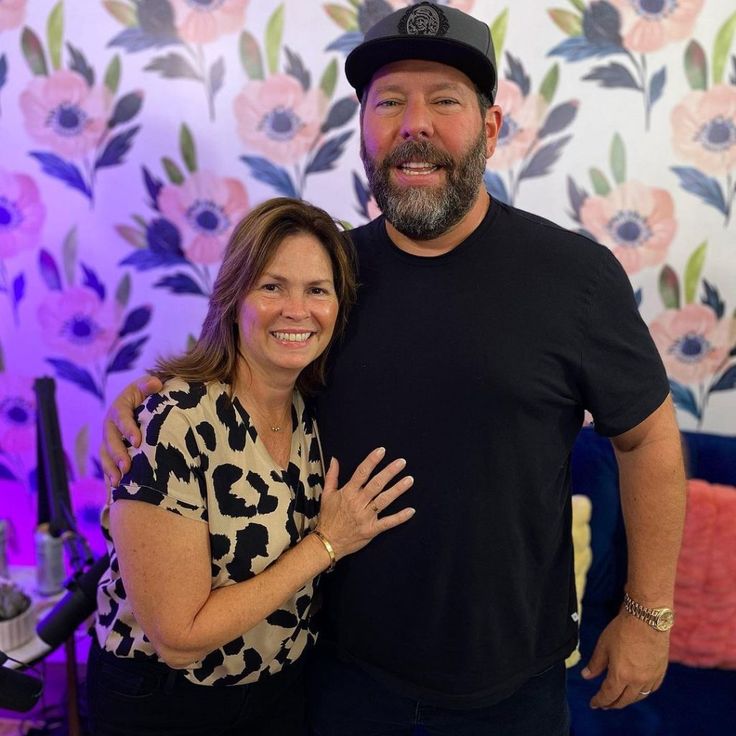International Transgender Day Of Visibility: 3 Ways To Be A Better Ally

Table of Contents
Educate Yourself on Transgender Issues and Terminology
Understanding the transgender experience is the cornerstone of effective allyship. This involves learning about gender identity, expression, and the challenges faced by transgender individuals.
Understanding Gender Identity and Expression
It's vital to grasp the difference between sex assigned at birth and gender identity.
- Sex assigned at birth: This refers to the sex assigned to an individual at birth, typically based on visible biological sex characteristics.
- Gender identity: This is an individual's internal sense of being a man, a woman, both, neither, or somewhere else along the gender spectrum. It's distinct from biological sex.
Understanding key terminology is essential:
- Transgender: An umbrella term for people whose gender identity differs from the sex assigned at birth.
- Cisgender: A term for people whose gender identity aligns with the sex assigned at birth.
- Non-binary: An umbrella term for gender identities that are not exclusively male or female. This can include genderqueer, agender, bigender, etc.
- Gender fluid: Describes individuals whose gender identity changes over time.
For further learning, explore reputable resources like:
- GLAAD (Gay & Lesbian Alliance Against Defamation):
- The Trevor Project:
- Human Rights Campaign (HRC):
Learning about the Challenges Faced by Transgender Individuals
Transgender individuals face significant discrimination, violence, and systemic barriers. Understanding these challenges is critical for effective allyship. Many experience:
- Lack of access to healthcare: Including gender-affirming care, mental healthcare, and preventative care.
- Employment discrimination: Facing bias in hiring, promotion, and workplace environment.
- Hate crimes and violence: Experiencing higher rates of assault, harassment, and murder.
- Mental health challenges: Discrimination and societal stigma contribute to increased rates of depression, anxiety, and suicide attempts.
Support Transgender Rights and Advocacy
Actively supporting transgender rights and advocacy is a crucial aspect of allyship.
Advocate for Inclusive Policies
Support legislation that protects transgender rights, such as:
- Non-discrimination laws protecting transgender individuals in employment, housing, and public accommodations.
- Access to gender-affirming care, including hormone therapy, surgery, and mental health services.
- Bathroom bills that ensure safe and inclusive access to public restrooms.
Contact your elected officials and express your support for these policies. Organizations like the ACLU and HRC provide resources on how to advocate effectively.
Support Transgender-Led Organizations
Many organizations work tirelessly for transgender rights. Supporting them is vital:
- The National Center for Transgender Equality (NCTE):
- Gender Spectrum:
- Transgender Law Center:
Support can take many forms: donations, volunteering your time, or simply spreading awareness about their work. Remember to prioritize and amplify the voices and leadership of transgender individuals within these organizations.
Practice Inclusive Language and Behavior in Daily Life
Daily interactions offer opportunities to demonstrate allyship.
Using Correct Pronouns and Names
Respecting someone's chosen name and pronouns is paramount. If you make a mistake, politely correct yourself. For example: "I apologize, I meant to say [correct name and pronouns]." Avoid deadnaming (using a person's former name) and misgendering (using incorrect pronouns).
Challenging Transphobia When You See It
When you witness transphobic comments or actions, respectfully challenge them. This can be as simple as stating, "That's not okay," or engaging in a more detailed conversation, depending on the situation and your safety. Remember, allyship means standing up for transgender individuals when they cannot stand up for themselves. Always prioritize your safety, but know that even small acts of allyship can make a big difference.
Conclusion: Becoming a Better Transgender Ally on International Transgender Day of Visibility and Beyond
This International Transgender Day of Visibility, let's commit to becoming better allies. We've explored three key actions: educating ourselves on transgender issues, actively supporting transgender rights and advocacy, and practicing inclusive language and behavior. By embracing these steps, we can collectively foster a more inclusive and just society for transgender people. Celebrate International Transgender Day of Visibility by taking action. Become a better transgender ally today, and continue your journey as a transgender ally every day. For further resources, refer to the links provided throughout this article.

Featured Posts
-
 The Maha Movement And Trumps Surgeon General Nominee Casey Means
May 10, 2025
The Maha Movement And Trumps Surgeon General Nominee Casey Means
May 10, 2025 -
 Mstwa Fyraty Me Alerby Alqtry Bed Antqalh Mn Alahly Almsry
May 10, 2025
Mstwa Fyraty Me Alerby Alqtry Bed Antqalh Mn Alahly Almsry
May 10, 2025 -
 The Real Story Bert Kreischer Netflix And His Wifes Take On His Sex Jokes
May 10, 2025
The Real Story Bert Kreischer Netflix And His Wifes Take On His Sex Jokes
May 10, 2025 -
 174 Billion Lost How Trumps Tariffs Impacted Top Billionaires
May 10, 2025
174 Billion Lost How Trumps Tariffs Impacted Top Billionaires
May 10, 2025 -
 The Kilmar Abrego Garcia Case Examining The Complexities Of Asylum And Us Politics
May 10, 2025
The Kilmar Abrego Garcia Case Examining The Complexities Of Asylum And Us Politics
May 10, 2025
